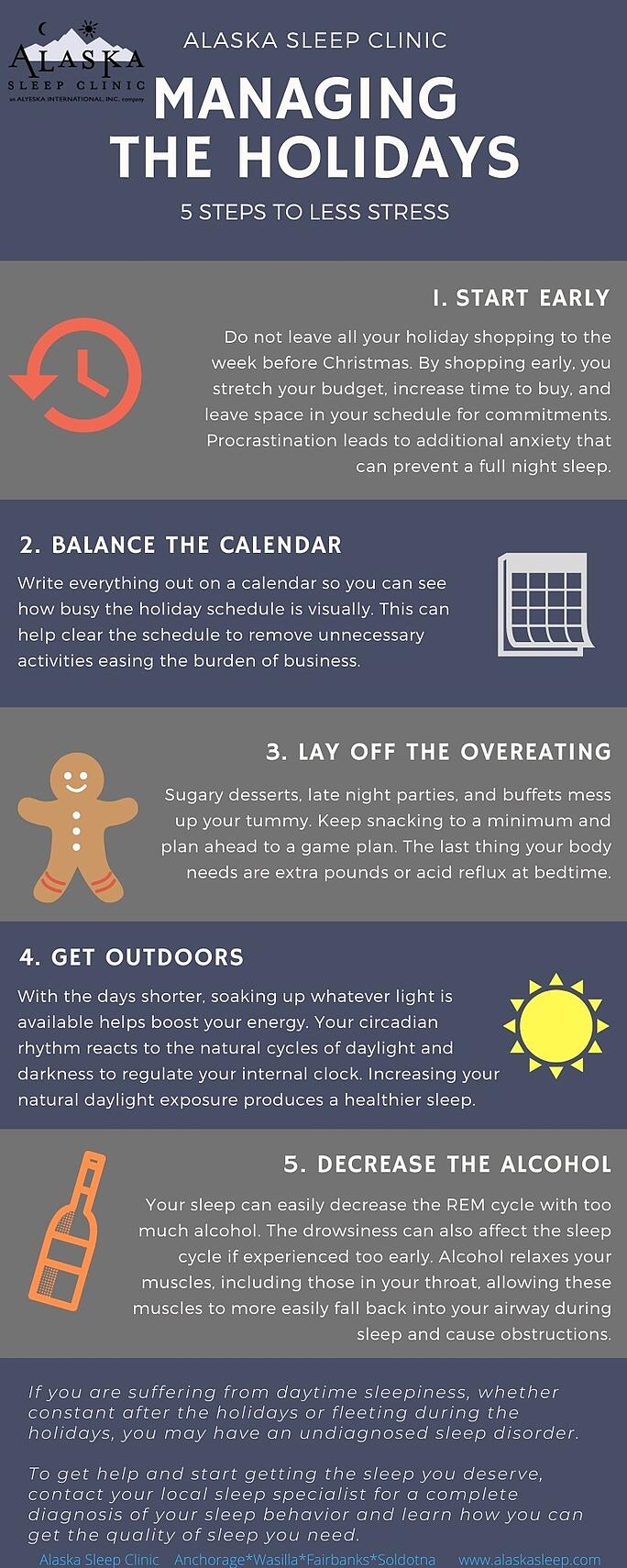Creating a Sleep-Healthy Family
Helping kids get enough sleep involves creating soothing and consistent bedtime routines.
Below are some tips that can help your child (and you) ease into a good night’s rest and solve any sleep problems your child might be experiencing.
Sleep Routines for Pre-School Children
At this age your child can learn to:
- fall asleep on his own and not rely on your presence for this to happen
- put himself back to sleep during the night
Bedtime should occur at the same time every night. It helps to develop a routine like this:
- Let your child know about 30 minutes ahead of time it will be time for bed soon. Involve your child in quiet activities during this last half hour.
- Guide your child through using the bathroom, brushing teeth, washing up or taking a bath, and brushing his teeth.
- Read a book with your child.
- Make sure your child has a cup of water, a nightlight, or any item needed.
- Remind your child to stay quiet in bed.
- Say goodnight and leave the room. Don’t be tempted to stay in the room making sure your child falls asleep. If you child awakens during the night, take your child back to bed.
- After your child is in bed, keep the TV and the rest of the home fairly quiet. Children can awaken easily in the first hour of sleep.
- Track your child’s sleep in a sleep diary so you can measure progress made. Use a star chart and allow your child to put the stickers on.
Sleep Routines for Older Children
School-age children are developing a sense of self and a need for privacy. They like to have a place they can call their own and sometimes are eager to stay in their room, but may be a little fearful of being alone at night.
With this in mind, consider the following recommendations to help your child develop good sleep habits:
- Put a nightlight or small light within her reach. This may make her feel more secure during the night.
- Consider using a quiet fan or humidifier. This allows for some “white noise” to filter out the noise coming from the rest of the house.
- Give your child plenty of notice that bedtime is approaching. A predictable, consistent bedtime routine helps kids wind down toward sleep.
Sleep Routines for Teens
Lack of sleep can affect everything from our emotions to how well we focus
on tasks like driving. It can even cause headaches, stomachaches, or other physical problems.
10 Sleep Routine Tips for Teens (and Adults)
- Take the TV out of the bedroom.
- Go to bed and get up at roughly the same time each day. Try to stay on schedule even on the weekend. Don’t go to sleep more than an hour later or wake up more than two to three hours later than usual.
- Get into bright light as soon as possible in the morning, but avoid it in
the evening. - Avoid caffeine in the afternoon.
- Keep the temperature in your room comfortable.
- Keep the room quiet and dark when sleeping.
- Use the bedroom only for sleep, not for fun. This will signal the body that when you are in your room, it’s time to sleep.
- Leave time to unwind before bed. Avoid stimulating activities like TV or playing video games 30 minutes prior to bedtime.
- Do not go to bed until you are drowsy. Trying to “make yourself fall asleep” will only make you feel more awake.
- If you are unable to fall asleep within 30 minutes, get out of bed and do something quiet in another room until you are sleepy.
Everyone is different, even with how much sleep they need. However, one thing remains true…we ALL need QUALITY sleep to have a healthy life. Alaska Sleep Clinic is the most comprehensive sleep lab in Alaska. We look at everyone’s sleep troubles on an individual basis, so they will have the most success in their treatment. Call any of labs today in Anchorage, Fairbanks, Soldotna and Wasilla



